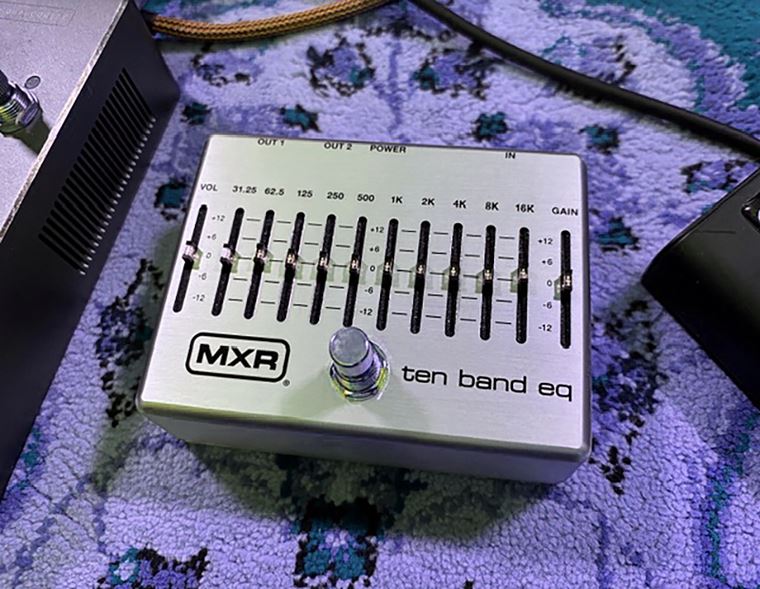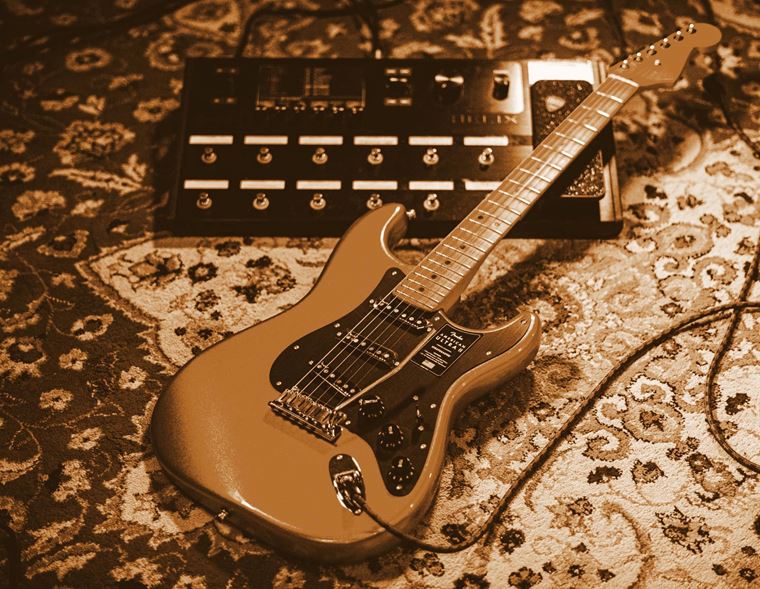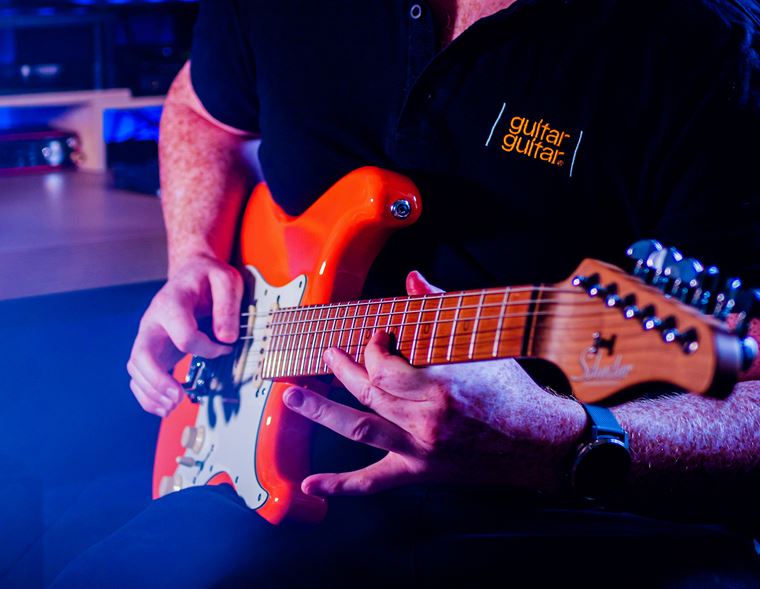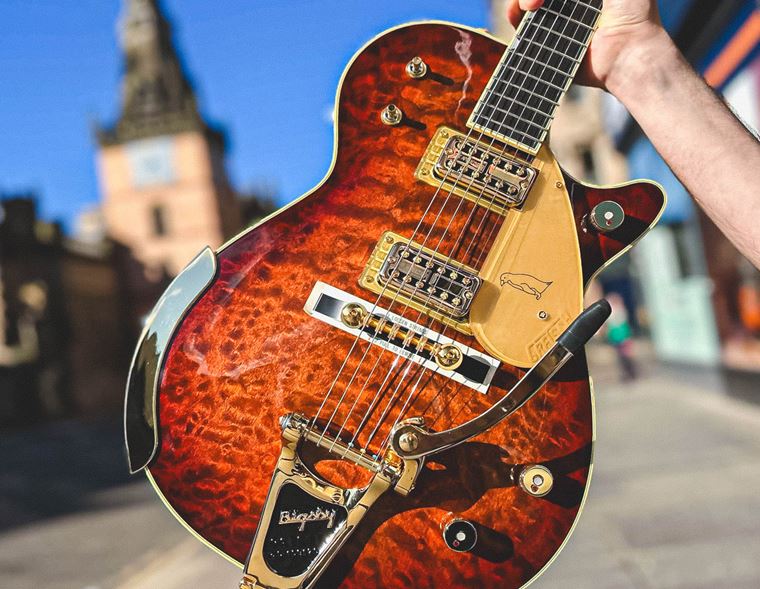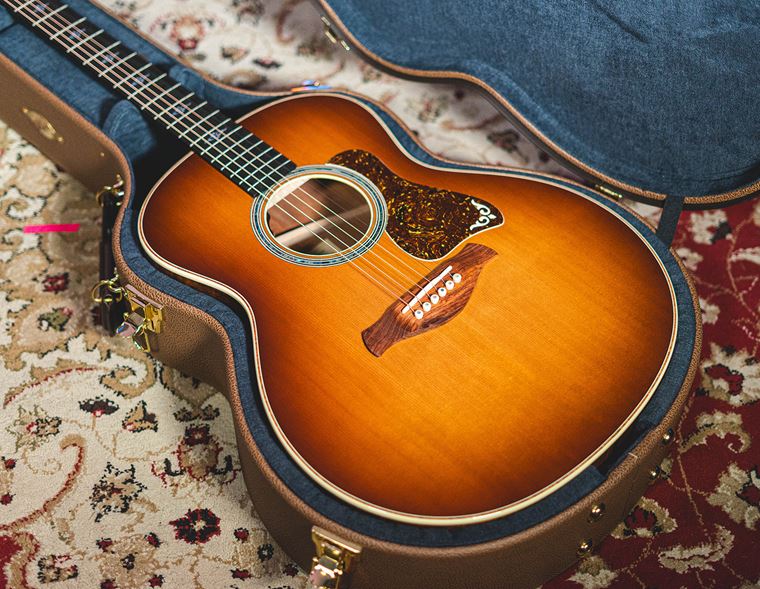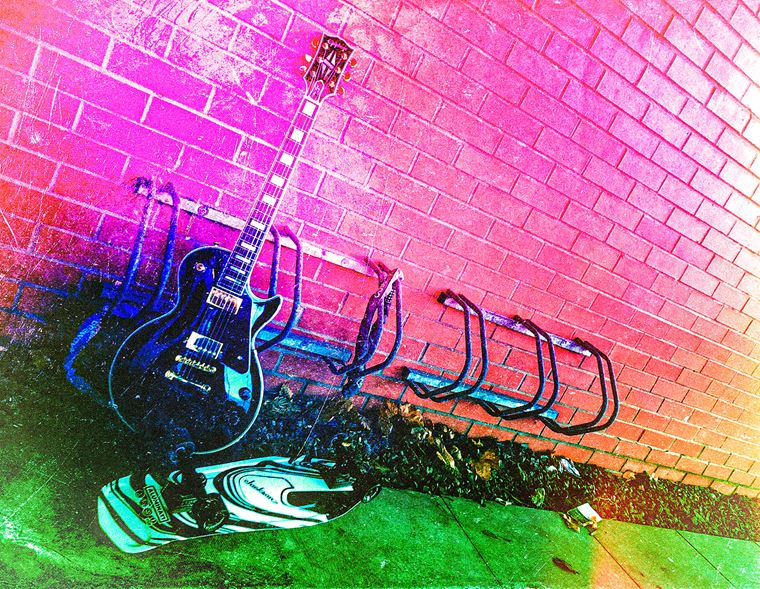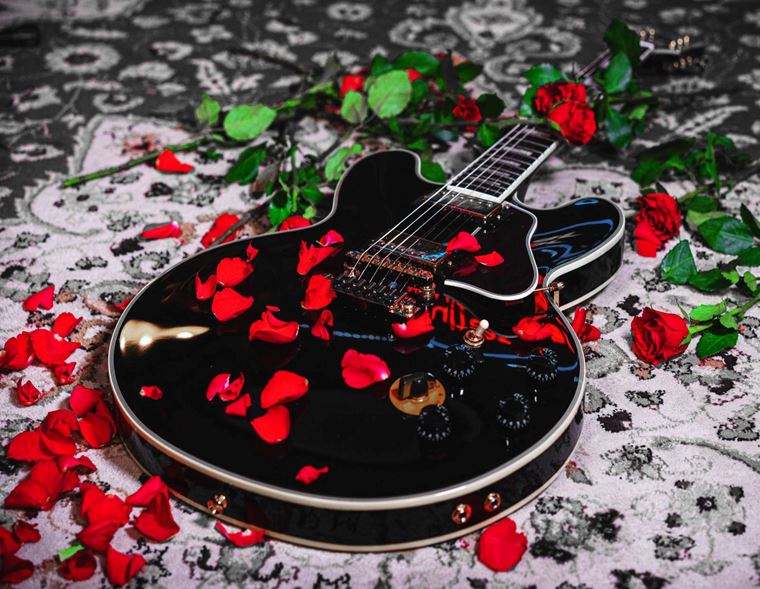Korina: Why Gibson and Epiphone Choose It
Published on 03 March 2023
Korina. Well, that’s the name you’ll most likely know it by, but it has a few more: White Limba, Black Limba (more on that in a sec), Afara and the excellently overblown Terminalia Superba. These names all refer to a prized tonewood from Western Africa, and us guitarists know it as the foundation for some of the coolest guitars ever made!

Korina
So, Korina is the guitar industry name for Limba, which is available in both Black and White variants. The difference here is interesting, because both types are generally found within the same tree. Limba often develop grey streaking through the grain towards the bottom of the tree, which tends not to continue to the top. Black Limba is the stuff with the streaks and is logged from the bottom of the tree. White Limba, on the other hand, is logged from the upper reaches of the tree and has no strong streaking. We know the term mainly because it is often attached to some very eye-catching Gibson guitars from the ‘Space Age’, and it’s reissues of those that we want to tell you about today!
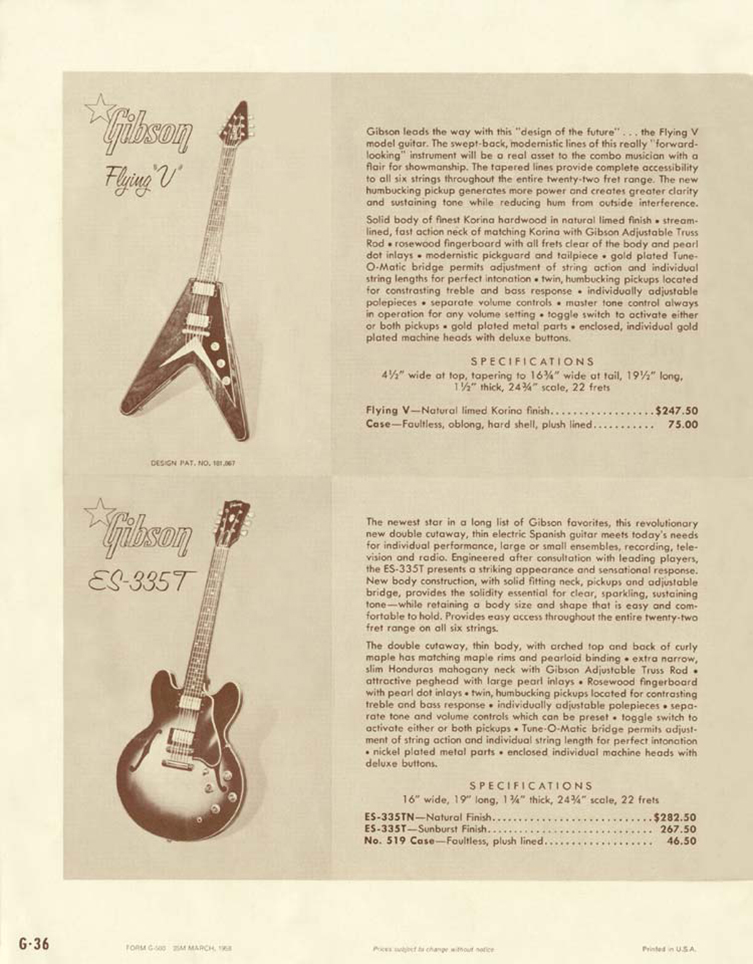
(Photo: Gibson Guitars)
Gibson & Korina
Gibson famously used Korina for the bodies of their ‘Futura’ range in 1957. The Futura name was retroactively applied to a range of radically-shaped guitars made for the 1957 NAMM show, a couple of which made it to production a year later. This range included future classics like the Explorer (sporting a split V headstock) and the Flying V, alongside the Gibson Moderne, a bizarre ‘banana-V’ that has since ascended into guitar culture mythology since it wasn’t actually built until 1982.
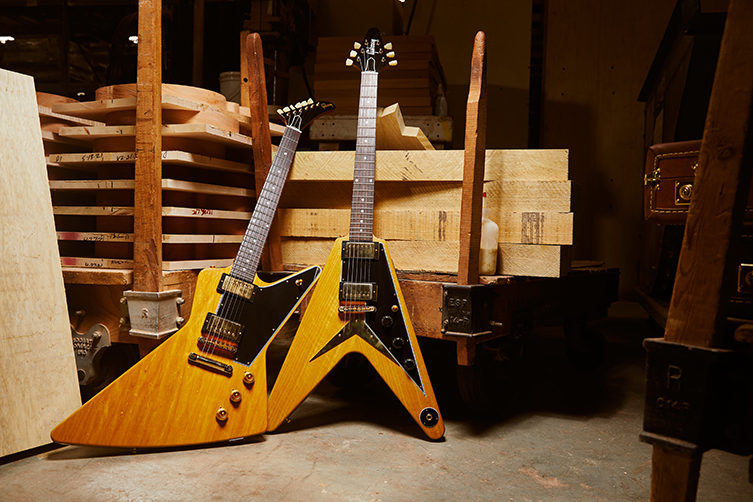
According to Vintage Guitar magazine, the 1958 Korina Explorer is the 4th most valuable vintage guitar in existence, commanding a value of over a quarter of a million dollars. That is, if you can find one: official reports state that only 19 Explorers were made in 1958, and a mere 3 were built the following year! The proverbial hen’s teeth indeed!
So, Korina was used for the bodies of all these future-forward designs, and finished with a natural clear coat since Korina has a pleasant, understated look. It also has a very similar tonal profile to mahogany, and we all know how important mahogany is to the sound of a Gibson guitar! Korina is also less dense, generally, (whilst retaining a high level strength) so it’s a perfect choice for bigger bodied guitars like Flying V’s and Explorers. Keep the tone, lose the weight. The fact that White Limba is a visually attractive timber only helps seal the deal!
Gibson Custom Shop 58 Flying V
These guitars - well, two of them anyway - are well-known classics these days, and they are now available as reissues from both Gibson and their sister brand Epiphone. For the Gibson one, we’re talking full-on Custom Shop glory here! The Gibson Custom Shop 58 Korina Flying V is a potent evocation of the original late 50s V, made fully from choice Korina. In addition to the timber, other nods to historicity include an excellent brass chevron bridge that strings through the body, an authentic 58 neck profile and a set of Custombuckers that bear, according to Gibson, a ‘heavy PAF influence’. Given the time period in question - 1958 - we’d say that’s bang on the money. This is a fantastic player, a historical replica and an example of Gibson Custom Shop’s top-drawer fit and finish.
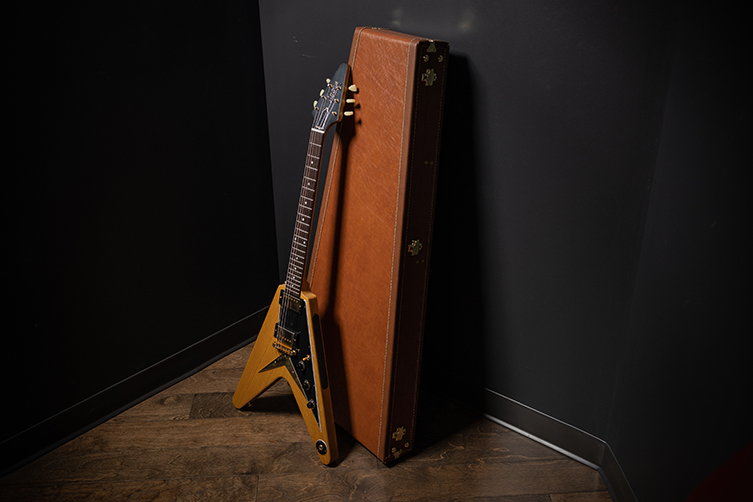
Epiphone 1958 Explorer
Epiphone are also getting in on the fun, too. The original 1958 Korina Explorer is one of the most valuable guitars in existence (ranked 4th in Vintage Guitar magazine’s listings for the most expensive guitars on the planet), so getting your hands on an authentic fifties example is not only highly unlikely, but horrendously expensive. Having more affordable options out there is a blessing. That said, Gibson Custom Shop guitars are hardly ‘cheap’, so we’re doubly delighted that Epiphone are making Korina-bodied guitars, too.
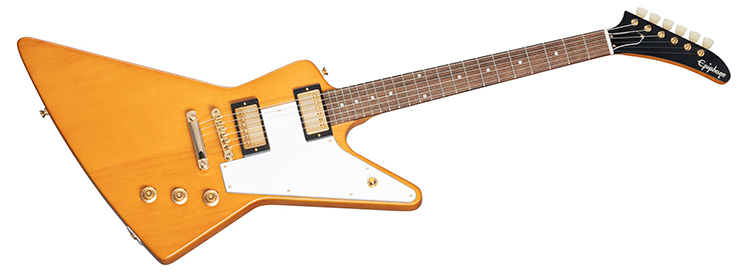
The Epiphone 1958 Explorer sticks as close to those late 50s roots as can be done as such an agreeable price point. Korina is indeed used for the body, so you’ll enjoy that extra resonance and lighter weight. Interestingly, Epiphone have chosen a white pickguard, which is actually as historically accurate as the black guard on the V we just looked at. Indeed, Gibson offered both varieties back in the day, though the White guards were less often used, making this a riff on an altogether rarer guitar.
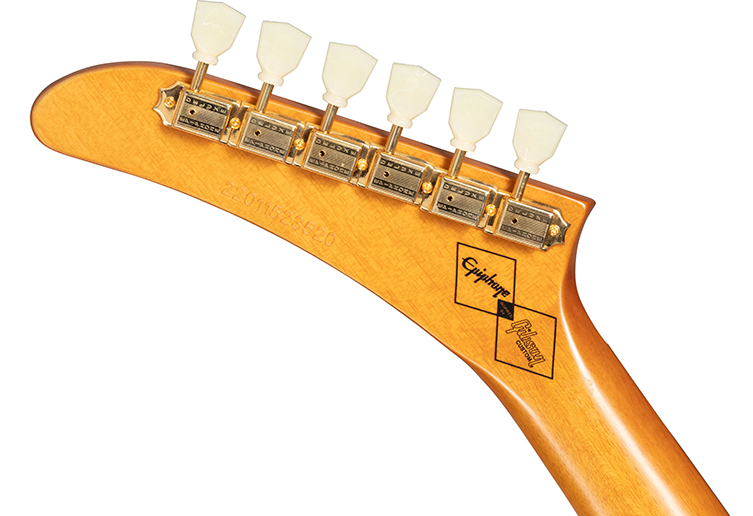
Aside from that, Epiphone have kept the gold hardware, put in a set of full-in Gibson Burstbuckers and included a hard shell case. It’s a lovely package for any gigging pliers and an excellent tribute to a subversive classic.
Korina and Futura
Korina is well known these days, with certain brands using it exclusively. It’s a good looking, great sounding alternative to the likes of mahogany, and it is currently in plentiful supply. Maybe we’ll see more guitars adopting this most useful and harmonic of timbers in the future, but the word ‘Korina’ will forever evoke the awesome, game-changing Future designs of the late 50s. Classic is classic and you just can’t argue with greatness. It’s good to have these wonderful guitars around.


